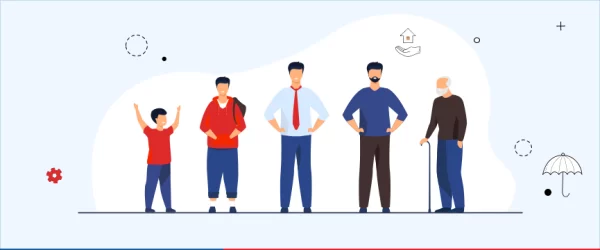Despite years of awareness, pollution still a major threat
A recent Washington Post article reported that “there are 21,000 pieces of plastic in the ocean for each person on Earth.”
Pollution has been a major topic of debate for decades and the concern has only been increasing as of late. After scientists determined that humans play a major role in negatively impacting the environment, pollution levels all over the globe have significantly increased, and continue to rapidly increase every day.
Though pollution has been a problem for long before the Industrial Revolution of the late century, many people credit this historical event with the first severe increase in pollution. Pollution has been, and will likely continue to be, a very controversial topic; however, scientists continue to discover new long-lasting, dangerous effects of pollution to both humans and the environment.
People tend to focus mainly on water pollution, since it seems to be the most dangerous and rapidly increasing type of pollution. However, air and land pollution are equally as threatening., “In my opinion, air pollution is the most serious,” Olympic Heights senior Lena Abel explains. “While every kind of pollution affects the ecosystem, our air quality is what affects humans directly.”
Air pollution is mostly caused by exhaust from cars and trucks, as well as emissions from factories that use non-renewable resources during the production process. The most common gasses that are released from cars and factories are nitrogen dioxide and carbon monoxide. These gasses can then combine in the atmosphere to form acid rain.
Additionally, an excess amount of harmful gasses in the environment has proven to cause respiratory diseases, cancer, and heart problems in humans. Countries in Africa and Asia are reported to have the highest levels of air pollution, and people are often compelled to wear face masks to partially protect themselves from inhaling polluted air.
Land and water pollution are somewhat related. The main cause of water pollution is trash that gets thrown into bodies of water, as well as toxic chemicals and sewage that gets dumped into waterways and bodies of water that contaminate ecosystems with harmful substances. Pieces of trash often get washed into the ocean during times of high tide, and when the waves recede, they bring a bunch of pieces of trash with them. A recent article published in The Washington Post states, “There are 21,000 pieces of plastic in the ocean for each person on Earth.”
“I think education and awareness are the best ways to reduce pollution,” OH environmental science teacher Ms. Amie Goldfarb comments. “Policies and agreements (which control our output of emissions) that all nations agree and actually follow are necessary if we, as a human population, are going to make any impact. Our manufacturers and chemical companies need to be held responsible for their part in polluting, too.”
Toxic chemicals in the air, combined with garbage in the ocean, encourages the growth of harmful bacteria that destroys underwater ecosystems, and thus raises the average temperature in surrounding areas. This causes an additional slew of problems: drought, forest fires, melting glaciers, water shortages, weather fluctuations and unpredictable storms. Additionally, global warming reduces the amount of groundwater available due to droughts. That being said, farmers are not able to efficiently grow vegetables and other crops that people purchase and use everyday. Global warming also kills animals that live in both oceans and forests, which has led to food shortages.
Fortunately, there are many organizations that are working to help reduce pollution levels globally. The Ocean Cleanup is one the biggest organizations using engineers, researchers, scientists, computational modelers, and ordinary volunteers to create technology that will help to eliminate five different ocean garbage patches, which will significantly reduce the amount of plastic in Earth’s oceans entirely. Additionally, Oceana is an organization that is dedicated to recruiting people all over the United States to improve the environment through hosting large-scale beach clean-ups.
While engaging in organizations is not ideal for people with busy schedules, there are many things that people can do in their daily lives that will significantly reduce pollution levels. Using less energy, recycling, and driving less will all contribute to improving the health of the environment.
Most importantly, education is the most important form of reducing pollution. Informing others of the seriousness of these issues and the methods to reduce pollution will help in many ways. However, reducing pollution requires the awareness and active participation of everyone in order to make a serious impact on the environment.
“I do not believe we will ever solve the pollution problem, but perhaps we can lessen the effects,” Goldfarb adds.






